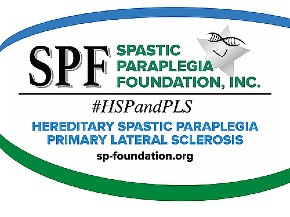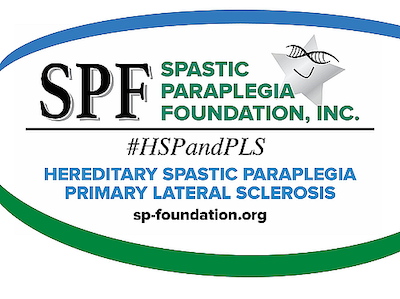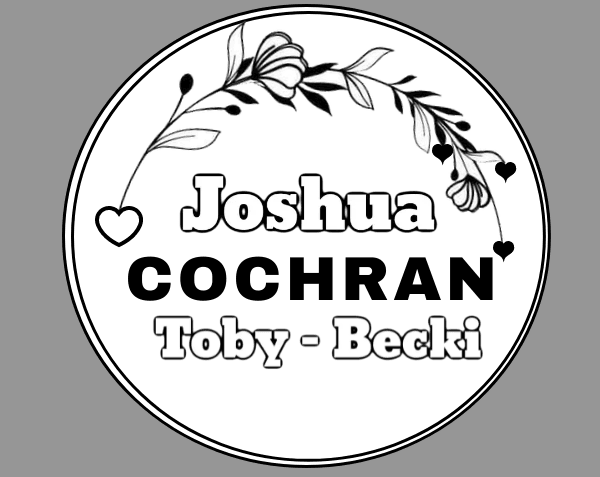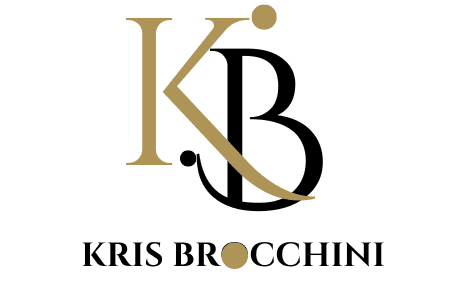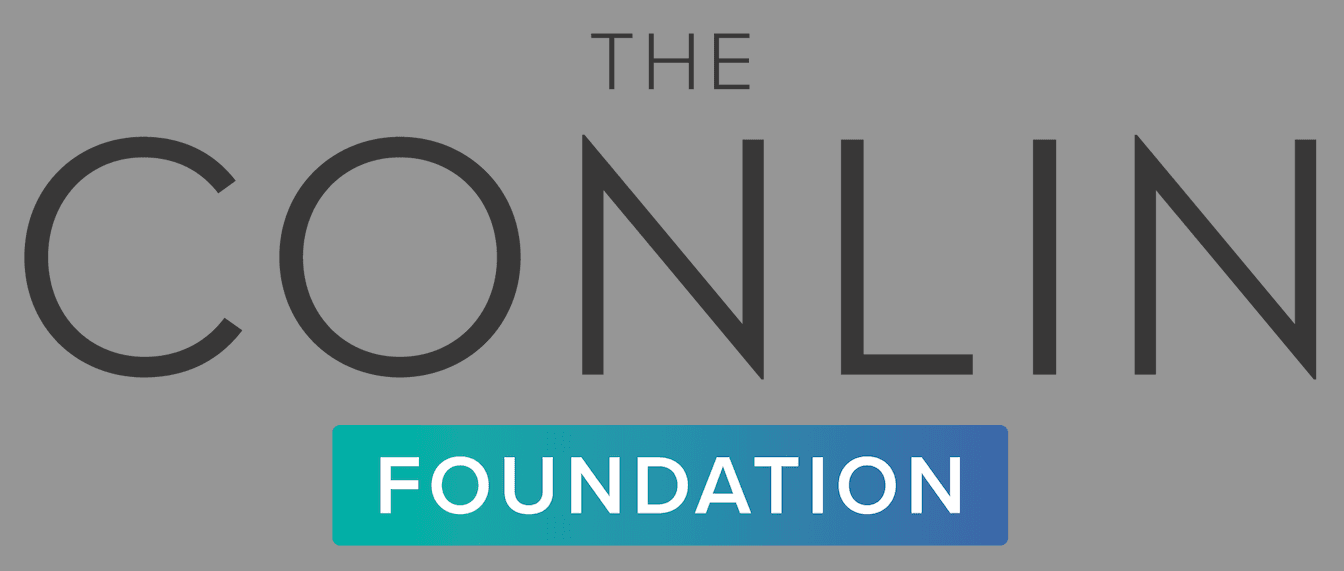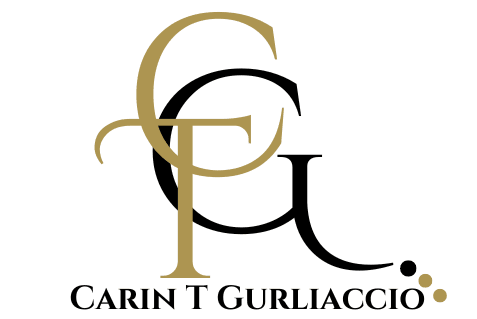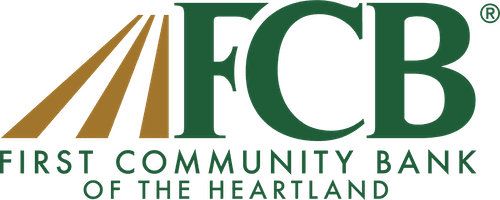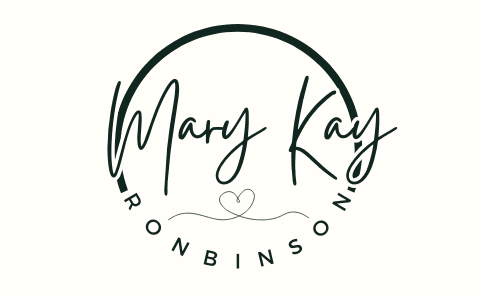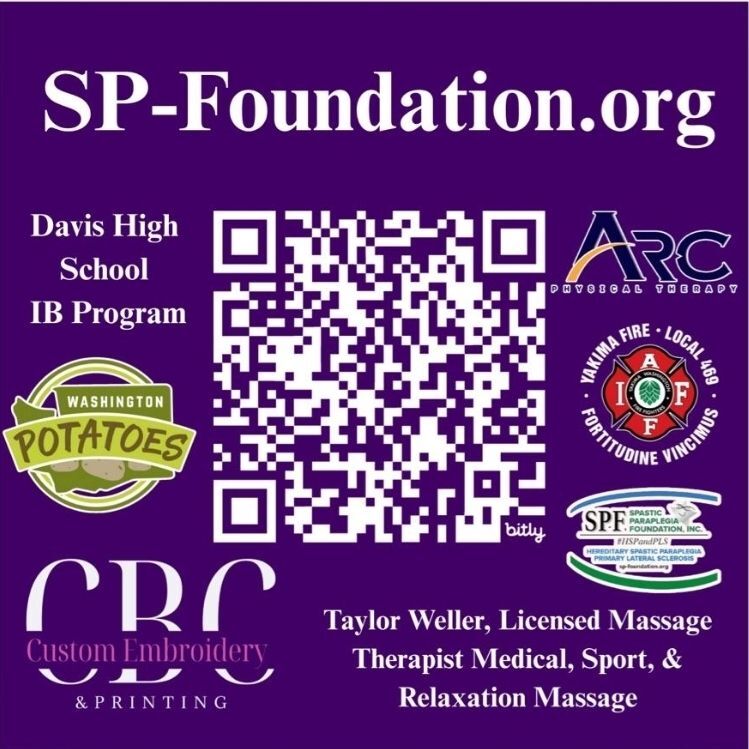Today, if you want to know what scary family health secrets lay buried in your DNA or get screened for a lurking cancer, you have a lot of options. Laboratories have developed more than 75,000 genetic tests, with about 10 new ones entering the market daily. By the end of 2019, more than 26 million Americans had had their DNA decoded to some degree or another. Since then, that number has surely grown.
But this testing frenzy would have been inconceivable just 10 years ago. In part, that’s because the technology back then was so expensive. More importantly, until 2013, it was common practice for gene-hunting academics and companies to lock up their discoveries with DNA patents, effectively carving up the human genome into mini-monopolies. That year, the U.S. Supreme Court threw a bomb into the biotech world when it took up a landmark case that pitted cancer survivors and the American Civil Liberties Union against a diagnostics company called Myriad Genetics, which had obtained exclusive patents on the cancer-causing BRCA genes and made billions of dollars selling tests for them.
A new book called “The Genome Defense,” written by University of Utah science and technology law expert Jorge Contreras and being published Oct. 26, provides a front-row seat to the courtroom drama that would upend three decades of federal intellectual property law and chart a new course toward balancing corporate profits with the rights of all people to the information written into their DNA.
STAT spoke with Contreras about the case and how it shaped today’s biotechnology landscape. This conversation has been lightly edited and condensed for clarity.
The book opens with a 2009 meeting of the National Advisory Council for Human Genome Research, where you and others on the committee received the news that the ACLU was suing Myriad. What was it that hooked you on the case from that first moment?
In the world of genetics and intellectual property, we all knew about these patents and the problems they were causing. And we all understood that it was crummy but there wasn’t much to be done about it, it was just the way of the world. So when the news of this ACLU suit broke, it was amazing. They weren’t just challenging Myriad’s patents on the BRCA genes, they were challenging the whole thing — the whole principle of patenting human genes.
Most of the smart money at the time bet that this approach would never work. Gene patenting had been going on for too long. There were too many entrenched interests. But it just kept marching down that litigation path and by the time it got to the Supreme Court, I realized, wow, this could really happen. So that’s when I started interviewing everyone I could who was involved in the case.
Given the U.S.’s long history of awarding patents to gene discoveries, what shifted the odds in the favor of the plaintiffs, who were arguing that these patents not only harmed people, but were an infringement of free speech?
One of the most striking things this case illustrated was just the power of chance, and how that can have such a profound effect on the development of our laws. There were so many crazy coincidences that added up to how this case got decided. Francis Collins, for example — he’s one of the frontrunners in the race to sequence the BRCA genes. Who would have dreamt that years later he’d be the head of the National Institutes of Health. Collins was pivotal in getting the administration to go against the patent office, which was completely unprecedented.
Then there was the judge who first ruled in favor of the ACLU, Judge Robert Sweet. It just so happened that out of all the hundreds of law clerks he’d had over the years, that when he got handed that case, his law clerk happened to have a Ph.D. in molecular virology. Having a scientist on that case made a huge difference. If the ACLU had lost there, this case would have been over.
Speaking of chance, you were living in Washington, D.C., when this case was decided by the Supreme Court, but then shortly after relocated to Utah, where Myriad is headquartered. How did that alter the trajectory of this project?
It was another one of these coincidences. My wife got an offer from the University of Utah, and I came behind as a trailing spouse. And lo and behold, this is ground zero, Myriad is located here on our campus. So that gave me incredible access to the people inside. I wanted to be fair, didn’t just want it to be an attack, like much of the polarizing coverage of the time had been.
And after spending so much time with Myriad’s scientists and executives, do you think the company deserves the reputation it has as the villain in this story?
What I learned was that in many ways, Myriad was just like any other biotechnology company. They weren’t breaking the law, they were following it. And if you’re a company, you’re entitled to seek the protection the law gives you. It wasn’t up to them to change the law. And the people who worked there saw themselves as trying to help people by making a test that saves lives.
Now, on the pricing side, eventually I do think they started to get greedy. They maintained a price well above what it cost them to run the test. But the insurance industry is also to blame. And if anyone is to blame here, I point the finger at them, because they wouldn’t cover this test.
Lisbeth Ceriani helped me understand this — because in addition to being a cancer patient and a BRCA mutation carrier, she worked in the insurance industry. She explained how if you test positive for one of these mutations, there’s a good chance you’ll get sick. But the odds are also good that by then you’ll be on someone else’s policy, so why would your insurer pay $3,000 to cover the test? The most economical thing to do is just wait and let people go 20 years until they get cancer and are on somebody else’s plan. It just becomes more and more hideous as you follow the logic of the industry.
But I think what’s also important to remember is that Myriad was not the obvious choice — there were other companies that were worse. There were companies that were out of the business but weren’t letting anybody else use their patents and, as a result, children with this cardiac arrhythmia that could have been easily detected weren’t getting tested and were dying. But the ACLU selected Myriad, which was a brilliant choice, because they understood how to litigate a case in the court of public opinion. It took on Myriad because at that time, breast cancer was the disease. Everybody knows someone with breast cancer. Myriad just happened to be the one testing for it.
How did the ACLU’s victory change the course of genomic medicine in America?
It’s an interesting question. We’re eight years after the Supreme Court decision. Today, most of Myriad’s patents, had they been allowed to keep them, would have expired. And that’s true of most of the single-gene patents that came from the gene-hunting era of the late ’80s and ’90s. Since 2003, with the completion of the Human Genome Project, all those genes are pretty much in the public domain anyways.
So the most immediate change was that the price of BRCA testing went down dramatically. And the kinds of panel testing that we have now, that all got a jump-start because these patents came off sooner than they would have otherwise.
But what’s going to become more and more important is the effect the decision had on the discovery of particular variants that we might then be able to harness using CRISPR or some other gene-editing technique. Let’s say scientists find a rare mutation that is protective in some way, and they want to make it into a gene therapy. Without the Myriad case, that edit, which is recreating a variant found in nature, could be patentable.
In the world of gene editing and therapy, we’re going to find more and more variants in nature with a beneficial effect that we can then port to others. And it would be a real shame if every one of those were snapped up and patented instead of being available to anyone who wants to use them.
So in some ways, we’re only just starting to appreciate the ramifications of the decision?
In some ways, yes. But this case is about more than that. Fundamentally, it shows how the law gets made in this country, and exposes how strange and complicated our systems really are.
One of the big takeaways from this story is that the law can change. Even if you’ve got a big industry backing it, even if you’ve got decades of precedent from a government agency like the Patent Office, if there is something you think is wrong and you’re willing to fight, you can change it. I think this is a really heartening story.
